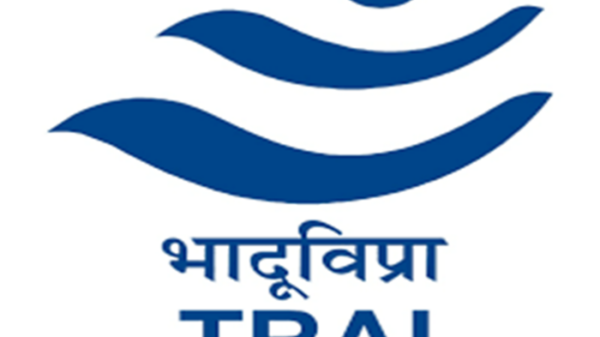
The recent shooting in Cleveland live streamed on Facebook has brought the social media company’s regulatory responsibilities into question. Since the launch of Facebook Live in 2016, the service’s role in raising political awareness has been acknowledged. However, the service has also been used to broadcast several instances of graphic violence.
The streaming of violent content (including instances of suicide, murders and gang rapes) has raised serious questions about Facebook’s responsibility as an intermediary. While it is not technically feasible for Facebook to review all live videos while they’re being streamed or filter them before they’re streamed, the platform does have a routine procedure in place to take down such content. This post will visit the guidelines in place to take down live streamed content and discuss alternatives to the existing reporting mechanism.

What guidelines are in place?
Facebook has ‘community standards’ in place. However, their internal regulation methods are unknown to the public. Live videos have to be in compliance with ‘community standards’, which specifies that Facebook will remove content relating to ‘direct threats’, self-injury’, ‘dangerous organizations’, ‘bullying and harassment’, ‘attacks on public figures’, ‘criminal activity’ and ‘sexual violence and exploitation’.
The company has stated that it ‘only takes one report for something to be reviewed’. This system of review has been criticized since graphic content could go unnoticed without a report. In addition, this form of reporting would be unsuccessful since there is no mandate of ‘compulsory reporting’ for the viewers. Incidentally, the Cleveland shooting video was not detected by Facebook until it was flagged as ‘offensive’, which was a couple of hours after the incident. The company has also stated that they are working on developing ‘artificial intelligence’ that could help put an end to these broadcasts. However, they currently rely on the reporting mechanism, where ‘thousands of people around the world’ review posts that have been reported against. The reviewers check if the content goes against the ‘community standards’ and ‘prioritize videos with serious safety implications’.
While deciding if a video should be taken down, the reviewers will also take the ‘context and degree’ of the content into consideration. For instance, content that is aimed at ‘raising awareness’, even if it displays violence, will be allowed. However, content that is celebrating such violence would be taken down. To demonstrate, when a live video of civilian Philando Castile being shot by a police officer in Minnesota went viral, Facebook kept the video up on their platform, stating that it did not glorify the violent act.
Regulation
Other than the internal guidelines by which Facebook regulates itself, there haven’t been instances of government regulators, like the United States’ Federal Communications Commission intervening. Unlike the realm of television, where the FCC regulates content and deems material ‘inappropriate’, social media websites are protected from content regulation.
This brings up the question of intermediary liability and Facebook’s liability for hosting graphic content. Under American Law, there is a distinction between ‘publishers’ and ‘common carriers’. A common carrier only ‘enables communications’ and does not ‘publish content’. If a platform edits content, it is most likely a publisher. A ‘publisher’ has a higher level of responsibility for content hosted on their platform, unlike a ‘carrier’. In most instances, social media companies are covered under Section 230 of the Communications Decency Act, a safe harbor provision, by which they would not be held liable for third-party content. However, questions have been raised about Facebook’s role as a ‘publisher’ or ‘common carrier’, and there seems to be no conclusive answer.
Conclusion
Several experts have considered possible solutions to this growing problem. Some believe that such features should be limited to certain partners and should be opened up to the public once additional safeguards and better artificial intelligence technologies are in place. In these precarious situations, enforcing stricter laws on intermediaries might not resolve the issue at hand. Some jurisdictions have ‘mandatory reporting’ provisions, specifically for crimes of sexual assault. In India, under Section 19 of the Protection of Children from Sexual Offences Act, 2012 ‘any person who has apprehension that an offence…is likely to be committed or has knowledge that such an offence has been committed’ has to report such an offence. In the context of cyber-crimes, this system of ‘mandatory reporting’ would shift the onus on the viewers and supplement the existing reporting system. Mandatory provisions of this nature do not exist in the United States where most of the larger social media companies are based.
Similarly, possible solutions should focus on strengthening the existing reporting system, rather than holding social media platforms liable.
*
Crossposted with permission from CCG at NLU Delhi
Also read:




























